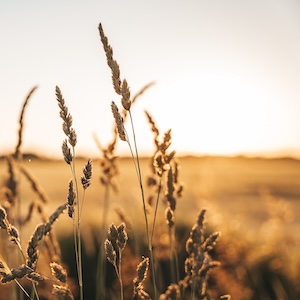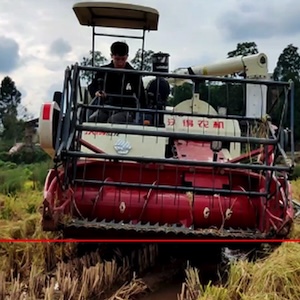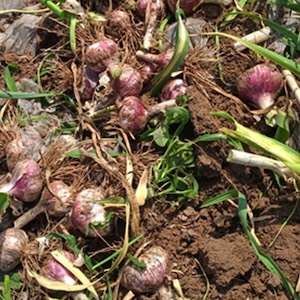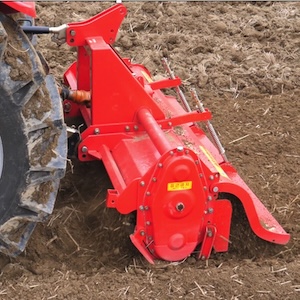Mitigating heat stress of dairy cows bred in a free-stall barn by sprinkler systems coupled with forced ventilation

Published: 12 September 2017
Abstract Views: 2247
PDF: 786
HTML: 341
HTML: 341
Publisher's note
All claims expressed in this article are solely those of the authors and do not necessarily represent those of their affiliated organizations, or those of the publisher, the editors and the reviewers. Any product that may be evaluated in this article or claim that may be made by its manufacturer is not guaranteed or endorsed by the publisher.
All claims expressed in this article are solely those of the authors and do not necessarily represent those of their affiliated organizations, or those of the publisher, the editors and the reviewers. Any product that may be evaluated in this article or claim that may be made by its manufacturer is not guaranteed or endorsed by the publisher.
Similar Articles
- Luisa Martelloni, Christian Frasconi, Mino Sportelli, Marco Fontanelli, Michele Raffaelli, Andrea Peruzzi, Hot foam and hot water for weed control: A comparison , Journal of Agricultural Engineering: Vol. 52 No. 3 (2021)
- Andrea Peruzzi, Luisa Martelloni, Christian Frasconi, Marco Fontanelli, Michel Pirchio, Michele Raffaelli, Machines for non-chemical intra-row weed control in narrow and wide-row crops: a review , Journal of Agricultural Engineering: Vol. 48 No. 2 (2017)
- Yerong Sun, Kechuan Yi, Agricultural machinery photoelectric automatic navigation control system based on back propagation neural network , Journal of Agricultural Engineering: Vol. 54 No. 4 (2023)
- Wei Deng, Chunjiang Zhao, Liping Chen, Xiu Wang, Constant pressure control for variable-rate spray using closed-loop proportion integration differentiation regulation , Journal of Agricultural Engineering: Vol. 47 No. 3 (2016)
- Ziyan Fan, Lijun Li, Zicheng Gao, Fuzzy neural network PID control design of camellia fruit vibration picking manipulator , Journal of Agricultural Engineering: Vol. 54 No. 2 (2023)
- Andrea Setti, Giulio Castelli, Lorenzo Villani, Roberto Ferrise, Elena Bresci, Modelling the impacts of water harvesting and climate change on rainfed maize yields in Senegal , Journal of Agricultural Engineering: Vol. 54 No. 3 (2023)
- Enrica Santolini, Marco Bovo, Alberto Barbaresi, Daniele Torreggiani, Patrizia Tassinari, Evaluation of microclimate in dairy farms using different model typologies in computational fluid dynamics analyses , Journal of Agricultural Engineering: Vol. 55 No. 3 (2024)
- Zhiqiang Song, Chuanxing Du, Yongcheng Chen, Dianlei Han, Xinzhong Wang, Development and test of a spring-finger roller-type hot pepper picking header , Journal of Agricultural Engineering: Vol. 55 No. 2 (2024)
- Yanmei Meng, Tingting Zhang, Jin Wei, Jinlai Zhang, Xulei Zhai, Design and experiments of an automatic pipe winding machine , Journal of Agricultural Engineering: Vol. 54 No. 2 (2023)
- Francesca Valenti, Simona M.C. Porto, Giovanni Cascone, Claudia Arcidiacono, Potential biogas production from agricultural by-products in Sicily. A case study of citrus pulp and olive pomace , Journal of Agricultural Engineering: Vol. 48 No. 4 (2017)
You may also start an advanced similarity search for this article.

 https://doi.org/10.4081/jae.2017.691
https://doi.org/10.4081/jae.2017.691











